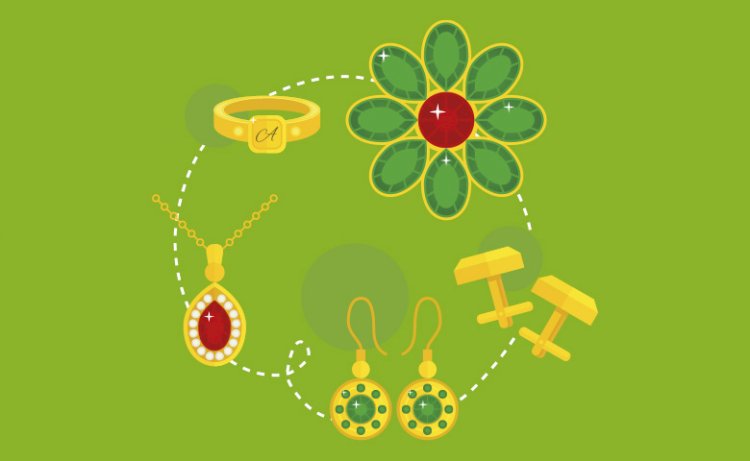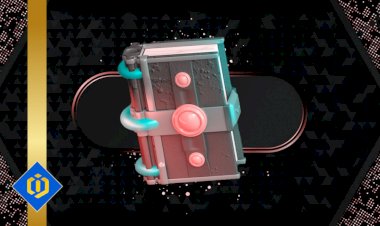The Techniques and Methods for Jewelry Design

Gold has fascinated people for centuries as a symbol of wealth, power, and sophistication. As skilled artisans, we continually hone our techniques and develop innovative methods for crafting extraordinary gold jewelry and decorative pieces. My love for the art of goldsmithing has inspired me to explore the seductive processes of casting, engraving, and filigree in great detail. In this article, I will share my knowledge, expertise, and zeal for goldsmithing, offering an insightful journey into the world of gold design and production.
1. Lost Wax Casting: Manifesting Intricate Designs in Gold Lost wax casting, also known as investment casting or precision casting, is a flexible and esteemed technique for creating detailed gold designs. A meticulous wax or other material model of the desired piece is first created as the first step in the process. This model, or "master," is then encased in a heat-resistant investment material to create a mold.
The wax is removed by heating the mold, leaving a cavity in the shape of the original design. Molten gold is poured into this cavity, replacing the wax. Once the gold has cooled and solidified, the investment material is carefully removed, revealing the finished piece. Lost wax casting is the ideal technique for creating customized items and limited-edition collections because it enables craftspeople like me to faithfully replicate intricate designs.
2. Chasing and Repoussé: The Dance of Hammer and Chisel on Gold Chasing and repoussé are two interrelated metalworking techniques employed to create three-dimensional, elevated designs on gold surfaces. Repoussé involves gently hammering the reverse side of a gold sheet to produce a relief design, while chasing adds refinement and detail to the raised design on the front side using delicate chisels and punches.
These techniques require a discerning eye, a steady hand, and an intuitive understanding of how metal responds to pressure and manipulation. The resulting gold pieces often showcase elaborate designs that exemplify the artisan's finesse and creativity, reflecting my dedication to precision and craftsmanship in goldsmithing.
3. Filigree: Crafting Gold into Delicate Lacework Filigree is an intricate and fascinating technique that involves twisting and weaving fine gold wires to create mesmerizing patterns. With the connections secured by soldering, goldsmiths form the metal threads into curls, spirals, and other elaborate patterns.
The filigree technique demands immense patience, dexterity, and artistic vision. The resulting gold designs are lightweight, intricate, and breathtaking, showcasing the exceptional skill of the goldsmith.
4. Granulation: A Testament to Precision and Patience in Goldsmithing Granulation is a labor-intensive technique in which tiny gold beads or grains are carefully arranged and fused onto a gold surface to create complex patterns and textures. This ancient practice requires exceptional precision and skill, as the goldsmith must heat the piece to a specific temperature that allows the grains to bond without melting the base metal.
Granulated designs contribute depth and opulence to gold pieces, enhancing their overall appeal and complexity. This technique has been practiced for millennia and continues to be admired by contemporary goldsmiths, including myself.
Conclusion: The enthralling techniques of casting, engraving, filigree, chasing and repoussé, and granulation showcase the remarkable artistry and vision of goldsmiths. These methods empower artisans like me to create exquisite, one-of-a-kind gold pieces that reflect the rich heritage and cultural traditions of goldsmithing. The completed filigree work is often combined with other techniques, such as enameling and gemstone setting, to create an exquisite finished piece.
Author: Pooyan Ghamari, Economist Visionary and Specialist in Gold and Banking

 content-team
content-team 


















